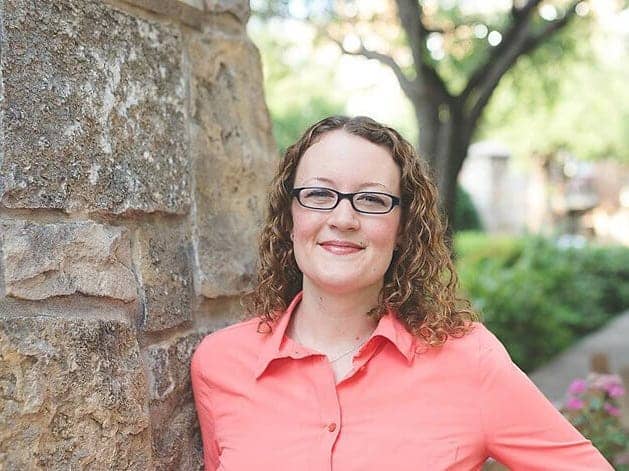Most people know that it’s a good idea to have savings, but knowing how much to save can be a challenge. Regardless of how much you earn, it’s important to put away cash for emergencies and any short-term goals. In addition, you may want to keep some cash in your long-term investment portfolio.
Katie Brewer, the financial planner behind Your Richest Life Planning based in the Dallas-Fort Worth area, primarily works with Gen X and Gen Y clients. She shared her tips for how much cash you should keep on hand no matter where you are in your financial journey.
Start with an emergency fund
“I tend to recommend that two savings accounts be used, with one for emergency savings and the other for any short-term goals in the next year,” says Brewer. She suggests most people save three to six months of take-home pay in an emergency fund, or nine months for entrepreneurs and business owners.
According to the Federal Reserve, about 37% of U.S. households couldn’t afford to cover a $400 financial emergency from savings. That’s an amount that could cover a surprise medical bill or car repair, for example. But that savings target is just a baseline.
“Layoffs often occur at the same time as economic problems and the stock market may not be the place you’d want to pull funds from,” Brewer says. “Having money in emergency savings allows flexibility in life, career, and other areas.”
Next, save for short-term goals
If you are saving for a goal within the next year, Brewer suggests keeping cash to pay for those goals. She offered examples like saving for a vacation, property taxes, home down payment, or a car purchase as common one-year goals.
With this type of goal, a high-yield savings account keeps your funds safe while offering some interest. When you are saving for something within the next year, savings accounts offer stability and prevent you from losing any of your cash.
For longer-term goals, you may be better off putting your funds in an investment account. While the stock market and other investments typically carry more risk than savings, they also generally offer better returns.
Use a percentage for long-term investments
For both emergency funds and short-term savings, Brewer doesn’t use a percentage to determine how much you should save. Instead, it’s based on specific goals. For any additional savings, Brewer suggests a percentage of assets to keep in cash.
“If someone has cash outside of those two savings accounts (emergency fund and short-term goals), we try to keep it below 5% of the total investment portfolio,” says Brewer.
So if you have a $10,000 portfolio, you would keep up to $500 in cash. But with your emergency savings and short-term needs already covered, you shouldn’t feel pressured to keep much additional cash for your longer-term needs.
How I handle my cash as a full-time freelancer
I’m a self-employed freelancer, so I like to keep about a year of expenses in cash just in case something serious goes wrong. I recently suffered a concussion and missed about a week of work, which was a stark reminder of how quickly my situation can change.
Outside of my emergency fund, I have another account where I save for my annual property tax and homeowners insurance payments. Beyond that, I keep about a month of cash between checking and savings accounts at my main bank I use for monthly spending.
Don’t let savings fall by the wayside
A survey by CareerBuilder found that 78% of US households live paycheck to paycheck. If you live paycheck to paycheck and don’t have any savings, you may be just one unexpected emergency away from missing a bill, or worse.
As you build your savings over time, you can follow Brewer’s advice on building an emergency fund, short-term savings, and then keeping up to 5% of your remaining funds in cash. Don’t save too much or too little. Set a savings goal to get it just right for your unique financial needs.

